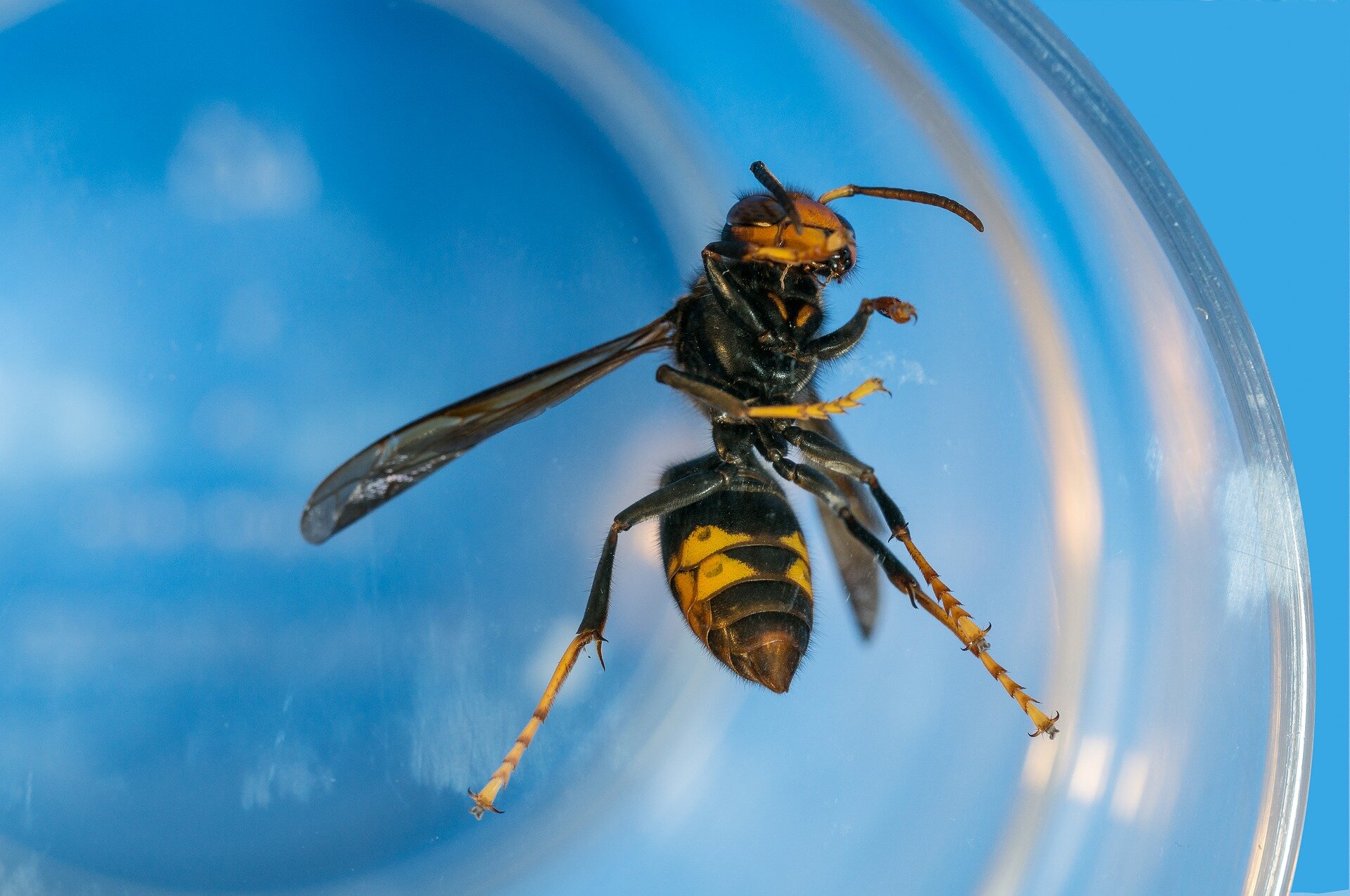Newly sequenced hornet genomes could help explain invasion success
Date: 21.4.2023
The genomes of two hornet species, the European hornet and the Asian hornet (or yellow-legged hornet) have been sequenced for the first time by a team led by UCL (University College London) scientists.
 By comparing these decoded genomes with that of the giant northern hornet, which has recently been sequenced by another team, the researchers have revealed clues suggesting why hornets have been so successful as invasive species across the globe. Their work is published in Scientific Reports.
By comparing these decoded genomes with that of the giant northern hornet, which has recently been sequenced by another team, the researchers have revealed clues suggesting why hornets have been so successful as invasive species across the globe. Their work is published in Scientific Reports.
Hornets are the largest of the social wasps; they play important ecological roles as top predators of other insects. In their native regions, they are natural pest controllers, helping regulate the populations of insects such as flies, beetles, caterpillars and other types of wasps. These services are critical for healthy, functional ecosystems, as well as for agriculture.
But hornets also tend to be very successful as invasive species. They can become established in areas to which they they are not native, and cause potentially huge ecological and economic damage by hunting important pollinators, such as honey bees, wild bees and hoverflies.
To better understand how these species have so successfully expanded their ranges, the international team of scientists investigated the genomes of three types of hornets.
Image source: CC0 Public Domain.























